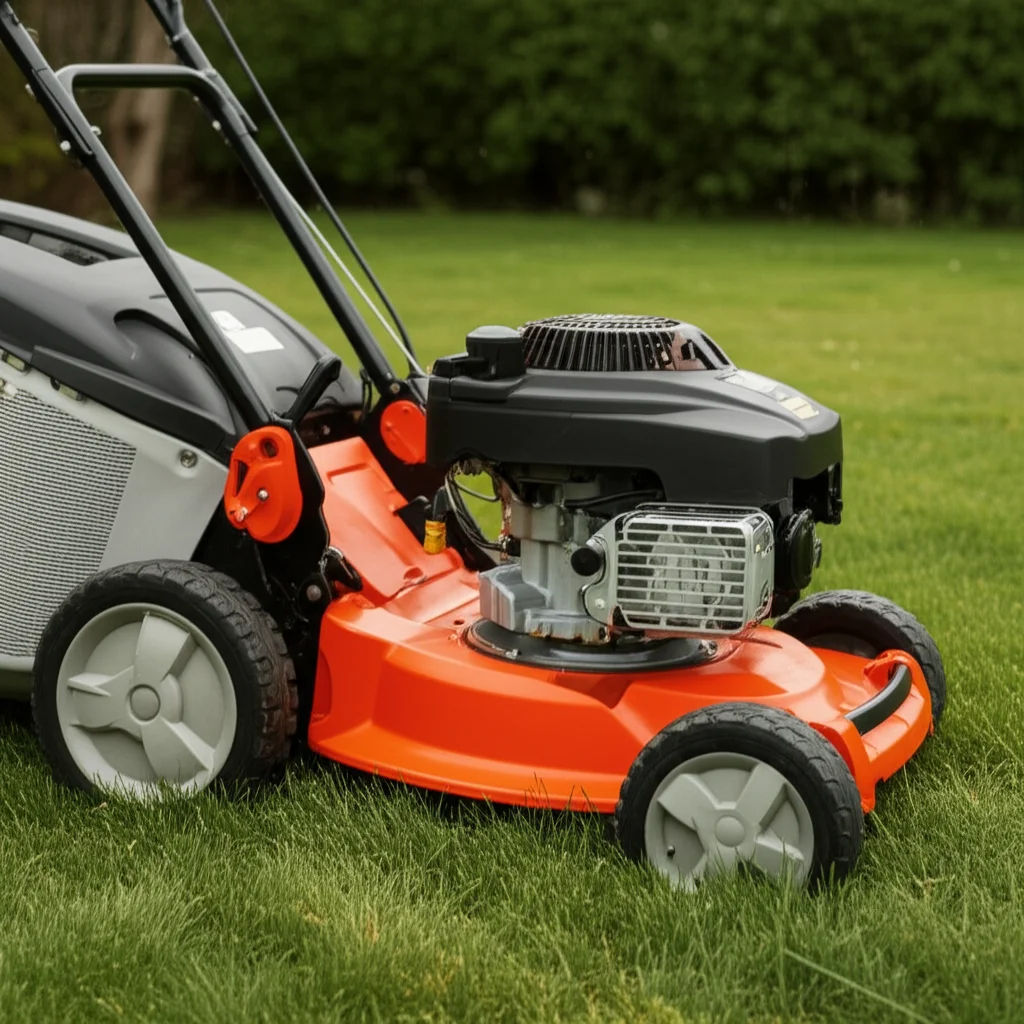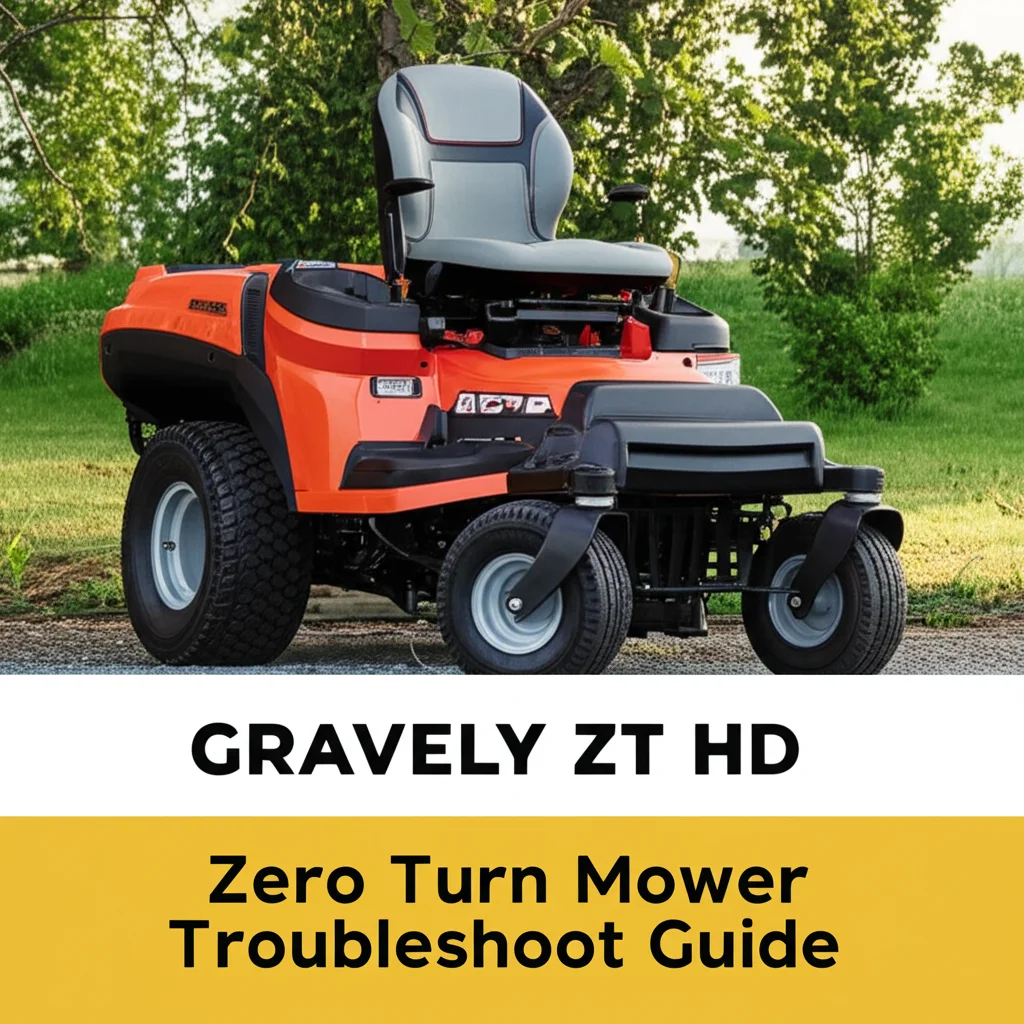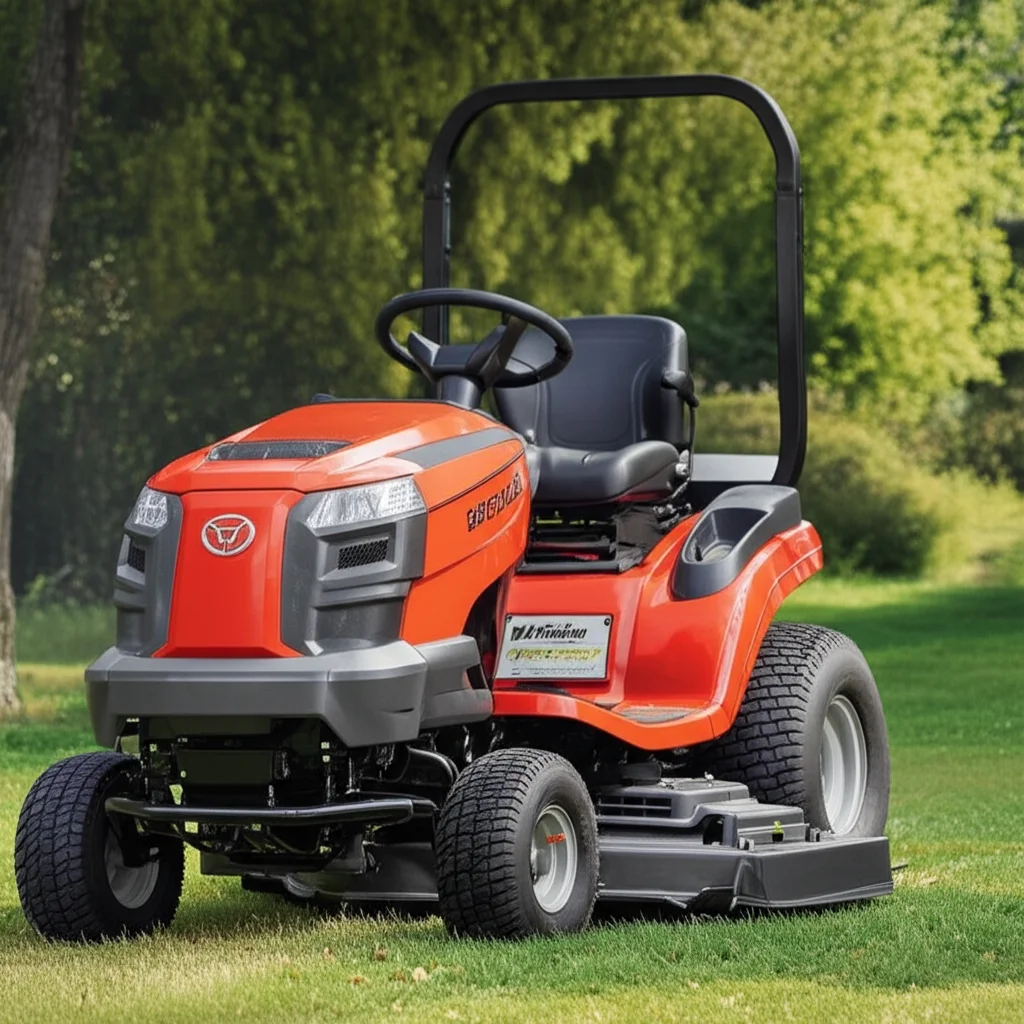· Lawn Mower Maintenance · 9 min read
Toro Lawn Mower Rear Wheel Drive Problems

Toro Lawn Mower Rear Wheel Drive Problems: Complete Fix Guide
Is your Toro lawn mower rear wheel drive giving you trouble? You’re not alone.
Many homeowners experience frustrating issues with their self-propelled mowers, from wheels that won’t engage to complete drive system failures.
Understanding these common Toro lawn mower rear wheel drive problems and their solutions can save you time, money, and countless headaches during mowing season.
Key Takeaways
• Most common issues: Worn drive belts, damaged transmission, and wheel adjustment problems
• Quick fixes: Check belt tension, clean debris, and adjust wheel height settings
• Professional help needed: For major transmission repairs or complex mechanical issues
• Prevention is key: Regular maintenance prevents 80% of rear wheel drive problems
• Cost-effective solutions: Many repairs can be done at home with basic tools
Quick Answer: Toro lawn mower rear wheel drive problems typically stem from worn drive belts, clogged transmissions, or improper wheel adjustments. Most issues can be resolved through basic maintenance, belt replacement, or professional transmission service.
Understanding Toro Self-Propelled Drive Systems
Toro’s self-propelled lawn mowers use a sophisticated rear wheel drive system that combines a drive belt, transmission, and wheel engagement mechanism.
This system allows you to guide the mower while it moves forward automatically, reducing physical strain and improving cutting efficiency.
The rear wheel drive configuration provides better traction on slopes and uneven terrain compared to front-wheel drive models. However, this complexity also means more components that can potentially fail or require maintenance.
Most Toro models feature either a Variable Speed or Personal Pace system. Variable Speed models allow you to control walking speed through a bail control, while Personal Pace automatically matches your walking speed. Understanding your specific system helps diagnose problems more effectively.
When functioning properly, the drive system should engage smoothly when you squeeze the drive bail and disengage immediately when released. Any deviation from this normal operation indicates a potential problem requiring attention.
Common Toro Rear Wheel Drive Problems
Drive Belt Issues
The drive belt is the most common culprit behind rear wheel drive failures. Over time, belts stretch, crack, or break completely due to normal wear and exposure to debris. A slipping or broken belt prevents power transmission from the engine to the wheels.
Signs of drive belt problems include:
- Mower moves slower than usual
- Intermittent self-propulsion
- Complete loss of drive power
- Squealing noises during operation
Transmission Problems
The transmission converts engine power into wheel rotation at appropriate speeds. Transmission issues often develop gradually, starting with reduced power and progressing to complete failure. Hydrostatic lawn mower transmission problems are particularly common in older Toro models.
Common transmission symptoms include:
- Jerky or uneven movement
- Loss of power on inclines
- Oil leaks around transmission housing
- Grinding or unusual noises
Wheel Engagement Mechanisms
The wheel engagement system includes cables, pulleys, and adjustment mechanisms that connect the drive bail to the transmission. When these components wear or become misaligned, the self-propel function may not engage properly.
Engagement problems manifest as:
- Drive bail feels loose or doesn’t return properly
- Wheels don’t engage despite squeezing bail
- One wheel drives while the other doesn’t
- Delayed engagement or disengagement
Diagnosing Your Toro’s Drive Problems
Visual Inspection Steps
Start your diagnosis with a thorough visual inspection. Turn off the engine and disconnect the spark plug for safety. Tilt the mower to examine the undercarriage, looking for obvious damage, debris buildup, or component wear.
Check the drive belt for cracks, fraying, or complete breaks. Inspect pulleys for damage and ensure they spin freely. Look for oil leaks around the transmission housing and examine wheel mounting points for looseness or damage.
Pay special attention to cable connections and adjustment points. Loose or damaged cables often cause engagement problems and are relatively easy to repair or replace.
Testing Drive System Function
With the mower on level ground and the engine off, manually test the drive system. Squeeze the drive bail and observe whether cables move smoothly and pulleys engage properly. Listen for unusual noises or grinding sounds that might indicate internal damage.
Check wheel movement by pushing the mower forward and backward. Both rear wheels should turn freely when the drive is disengaged and resist movement when engaged. Uneven resistance between wheels suggests transmission or differential problems.
If your Toro has a troubleshooting guide for self-propelled models, follow the manufacturer’s diagnostic procedures for your specific model.
Step-by-Step Repair Solutions
Replacing Drive Belts
Drive belt replacement is often the first repair many Toro owners need to perform. Most homeowners can complete this repair with basic tools and patience.
Tools needed: Socket wrench set, screwdrivers, work gloves
Steps:
- Remove the deck and clean the work area
- Locate the drive belt routing diagram (usually on a decal)
- Remove the old belt by sliding it off the pulleys
- Install the new belt following the routing diagram exactly
- Ensure proper tension by checking belt deflection
- Test the system before reassembling
Adjusting Wheel Height and Engagement
Improper wheel adjustment can simulate drive problems even when the mechanical system functions correctly. Toro mowers have specific adjustment procedures that vary by model.
Most models feature adjustment nuts or cams near the rear wheels. Turning these adjusters changes wheel height and can affect drive engagement. Consult your owner’s manual for specific adjustment procedures, as incorrect adjustments can damage the transmission.
Cleaning and Maintenance
Regular cleaning prevents many drive system problems. Grass clippings, dirt, and debris can clog transmission cooling fins, bind pulleys, and cause premature wear.
Monthly maintenance routine:
- Clean undercarriage thoroughly with compressed air or water
- Lubricate cables and pivot points
- Check belt condition and tension
- Inspect wheel mounting bolts for tightness
- Clean transmission cooling fins
When to Seek Professional Help
While many Toro rear wheel drive problems can be resolved through DIY repairs, some situations require professional attention. Complex transmission repairs, major engine work, and warranty-covered repairs should be handled by authorized Toro dealers.
Signs you need professional help include:
- Internal transmission damage or oil leaks
- Multiple system failures occurring simultaneously
- Repairs beyond your skill level or tool availability
- Warranty coverage for major components
Professional repair costs vary widely depending on the problem severity and local labor rates. Simple belt replacements might cost $50-100, while transmission rebuilds can exceed $300-500.
Consider the mower’s age and overall condition when deciding between repair and replacement. If repair costs approach 50% of a new mower’s price, replacement might be more economical.
Preventive Maintenance Tips
Prevention remains the best strategy for avoiding rear wheel drive problems. A consistent maintenance schedule can extend your mower’s life significantly and prevent costly repairs.
Seasonal maintenance checklist:
- Change engine oil annually or every 50 hours
- Replace air filter when dirty or damaged
- Inspect and adjust drive belt tension
- Lubricate all grease fittings and pivot points
- Clean cooling fins and air intake screens
- Check tire pressure and wheel alignment
Store your mower properly during off-season periods. Clean thoroughly, add fuel stabilizer, and store in a dry location. Proper storage prevents corrosion and extends component life.
Keep detailed maintenance records to track service intervals and identify patterns in component wear. This information helps predict future maintenance needs and can be valuable for warranty claims.
Comparing Toro to Other Brands
Understanding how Toro’s rear wheel drive systems compare to competitors helps make informed purchase and repair decisions. Honda lawn mower rear wheel drive systems are known for reliability but can be more expensive to repair.
Toro’s Personal Pace system offers unique advantages in user convenience but includes more complex components than traditional variable speed systems. This complexity can mean more potential failure points but also provides superior performance when properly maintained.
Consider your specific needs when choosing between brands. Toro excels in user-friendly features and reasonable repair costs, while some competitors focus more on industrial durability or low initial cost.
Frequently Asked Questions
Why is my self-propelled Toro mower not propelling? Most commonly, this indicates a worn or broken drive belt, misadjusted cables, or transmission problems. Start by checking the drive belt condition and tension, then inspect cable connections and adjustments.
How does Toro’s self-propel system work? Toro uses a drive belt system that transfers power from the engine to a transmission, which then drives the rear wheels. The Personal Pace system automatically adjusts speed based on your walking pace, while Variable Speed models use manual speed control.
What’s better: front or rear-wheel drive lawn mowers? Rear-wheel drive provides better traction on slopes and while bagging, as the weight stays over the drive wheels. Front-wheel drive offers better maneuverability but can lose traction when the grass bag fills.
How do I fix Toro self-propel wheels that won’t engage? Check the drive bail cable adjustment first, then inspect the drive belt condition. If both appear normal, the transmission may need professional attention or the wheel height might need adjustment.
Why does my Toro mower lose power on hills? This usually indicates a slipping drive belt, worn transmission, or improper wheel adjustment. Clean the transmission cooling fins and check belt tension before considering major repairs.
How often should I replace the drive belt? Most drive belts last 2-3 seasons with normal use. Replace belts showing cracks, fraying, or significant stretching. Heavy use or exposure to debris may require more frequent replacement.
Can I convert my Toro to manual push operation? Yes, most Toro self-propelled mowers can operate as push mowers when the drive system fails. However, they’ll be heavier and more difficult to push than dedicated push mowers.
Final Words
Toro lawn mower rear wheel drive problems don’t have to end your mowing season or break your budget. Most issues stem from normal wear and can be resolved through basic maintenance, belt replacement, or simple adjustments. Regular cleaning and lubrication prevent the majority of drive system failures, while prompt attention to small problems prevents costly major repairs.
Remember that proper diagnosis saves time and money. Start with simple solutions like cleaning debris and checking belt condition before assuming major component failure. When in doubt, consult your owner’s manual or seek professional help to avoid causing additional damage.
With proper care and maintenance, your Toro’s rear wheel drive system should provide years of reliable service. Stay proactive with maintenance, address problems promptly, and don’t hesitate to seek professional help for complex repairs. Your back will thank you for keeping that self-propel system running smoothly!
- Toro lawn mower
- rear wheel drive
- lawn mower repair
- self-propelled mower
- mower troubleshooting



